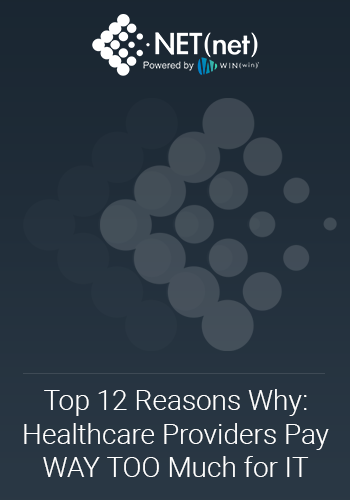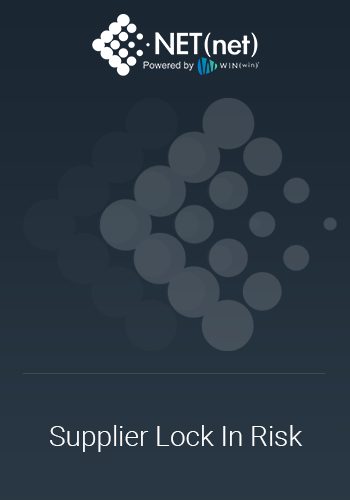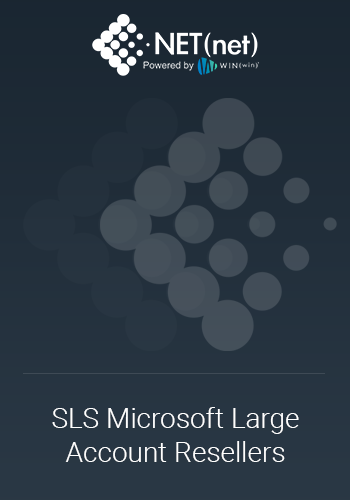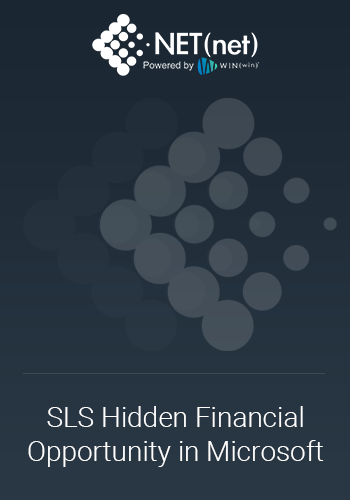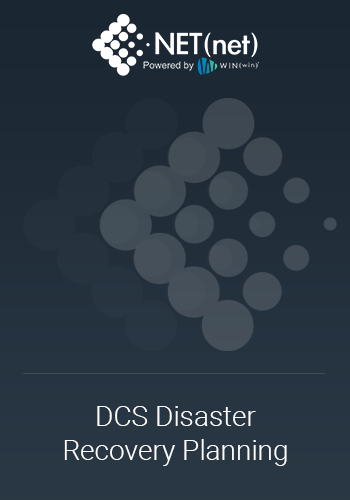Thank you for joining us for this 3-part series on 2023 Cloud Costs, where we explore the Top 5 Price Shock Phenomenons of Cloud Costs, resulting in part from the Top 5 Workloads that are NOT Well Suited for the Cloud, and largely emanating from the Top 5 Reasons Why Clients Are Repatriating Cloud Workloads back to on-premises:
- Part 1: Top 5 Price Shock Phenomena of Cloud Costs
- Part 2: Top 5 Workloads that are NOT Well Suited for the Cloud
- Part 3: Top 5 Reasons Why Clients Are Repatriating Workloads
Introduction
In today’s installment, we’ll discuss the Top 5 Price Shock Phenomena of Cloud Costs. Price Shock is a phenomenon that occurs when client organizations migrate their workloads to the cloud and are then faced with the unexpectedly high costs of their resulting workload migrations. This is often caused by Fin Ops not fully understanding how costs are derived based on the somewhat faulty estimates of cloud resource consumption, and the slight misalignment between Fin Ops and Dev Ops when it comes to the solution engineering, configuration settings, and scalability automation of the cloud solution, sometimes resulting in wildly under-estimated expected costs. Here are a few examples of price shock that has made clients tap the brakes and strongly consider repatriating certain workloads, and reconsider migrating new workloads to the cloud:
- Over-provisioning: Clients often experience price shock from over-provisioning cloud resources by setting up too many virtual machines, computing instances, or other cloud resources, which are then left running idle, sometimes for long periods of time, resulting in considerable costs from these wasted resources.
- Poor Resource Utilization: One of the commonly mismanaged areas is data storage. Clients are advised to constantly monitor, analyze, and optimize cloud spending on storage by deleting old data, compressing files, enforcing archival policies, and taking advantage of storage tiers as appropriate.
- Under-Estimating Workload Consumption: One of the high-cost areas commonly underestimated is the area of data transfer. Many cloud providers charge for data egress (the transfer of data out of their cloud environment) and don't fully disclose these costs in the supplier proposals, frequently resulting in enormous unplanned charges (especially if clients are transferring large amounts of data such as streaming media files) due in large part to data transfer charges being wildly misunderstood.
- Supplier lock-in: Some clients may experience price shock if they are locked into a specific cloud provider and are unable to easily switch to a more cost-effective provider without significant retaining efforts and rework. This can happen if the client has heavily invested in a provider's proprietary tools or services which commonly happens when clients are building and managing infrastructure. The lack of options and high switching costs can make clients vulnerable to price hikes with little to no leverage, leaving them stuck in a situation where they are forced to pay prices that are significantly above the changing market conditions.
- Lack of Cloud Cost Management: Many client organizations fail to manage their cloud infrastructure costs effectively, resulting in considerable overspend. Not taking advantage of cost-savings opportunities for things such as reserved or spot instances can often lead to significant overspend. Most clients have a very ineffective Fin Ops capability or no capability at all, or worse yet, they place the responsibility for Fin Ops with Dev Ops, so the very people responsible for solution engineering are the ones responsible for costs. This is a proverbial 'fox guarding the hen-house' scenario and one that puts cloud cost management at a significantly lower priority than solution engineering, so rather than take full advantage of cost savings opportunities, Dev Ops team members will almost always choose to provision more than enough resource to handle the highest peak loads to avoid performance and reliability problems. This simply recreates the same resource utilization challenges we commonly see in the data center in the cloud.
Stay Tuned
The phenomena above are just a few examples of price shock that can make businesses reconsider migrating workloads to the cloud and consider repatriating workloads already migrated to the cloud. It's important for clients to determine the feasibility of workloads for potential migration, and to plan and manage their cloud usage and consumption carefully to avoid unexpected costs.
Next up: Part 2 in our 3-part series: Top 5 Workloads that are NOT Well Suited for the Cloud, coming next month.
Summary
Cloud costs have gotten out of control for many AWS, Azure, and Google customers, forcing them to repatriate workloads back on-premises; yet NET(net) clients routinely save 13-53% on their cloud costs.
Think your Cloud Costs are Optimized?
If you think your cloud costs are already optimized, you should suspend your disbelief and test your theory by Price-Benchmarking your public cloud costs right now. You might be surprised to learn how much you could save.
Don't Need Help? You are the Expert on How to Achieve Cloud Savings?
Okay fine, but just in case you want a refresher on industry best practices, you may want to consider downloading our free eBook: The Top 12 Tips to Save on Cloud Costs. These tips will certainly help you save money on your cloud costs, but they won’t answer the more interesting questions about whether or not you should migrate workloads, modernize applications, democratize cloud infrastructure providers, or repatriate workloads back on premises; among other more advanced considerations.
Maybe you do need help After All?
If you want help, we can help you. You can:
- Contact Us to determine how we can help you save money and/or improve value on all your cloud costs. NET(net) clients routinely save 13-53%!
- Engage us for a one-time Cloud Cost Audit (CCA). We will analyze your custom workloads, deliver findings, discuss opportunities, and make recommendations on how best to optimize the configuration settings of your cloud solution and savings plans to help you minimize your costs. Clients that sign up for a Cloud Cost Audit (CCA), routinely see cost savings of 13-33%.
- Sign up for a Savings Subscription for Cloud Cost Optimization (CCO) and we will get started right away helping you minimize the cost and risk of your ongoing cloud costs while maximizing the realization of value and benefit you receive. Clients that sign up for ongoing Cloud Cost Optimization (CCO) services, routinely see cost savings of 33-53%.
About NET(net)
Founded in 2002, NET(net) is the world’s leading IT Investment Optimization firm, helping clients find, get, and keep more economic and strategic value in their technology supply chains. Over the last 20 years, NET(net) has influenced trillions of investment, captured hundreds of billions of value, and has helped clients cost and value optimize XaaS, Cloud, Hardware, Software, Services, Healthcare, Outsourcing, Infrastructure, Telecommunications, and other areas of IT spend. NET(net) has the experience you want, the expertise you need, and delivers the performance you demand and deserve. Contact us at info@netnetweb.com, visit us online at www.netnetweb.com, or call us at +1 (616) 546-3100 to see if we can help you capture more value in your IT investments, agreements, deployments, and relationships.
NET(net)’s Website/Blogs/Articles and other content is subject to NET(net)’s legal terms, offered for general information purposes only, and while NET(net) may offer views and opinions regarding the subject matter, such views and opinions are not intended to malign or disparage any other company or other individual or group.

